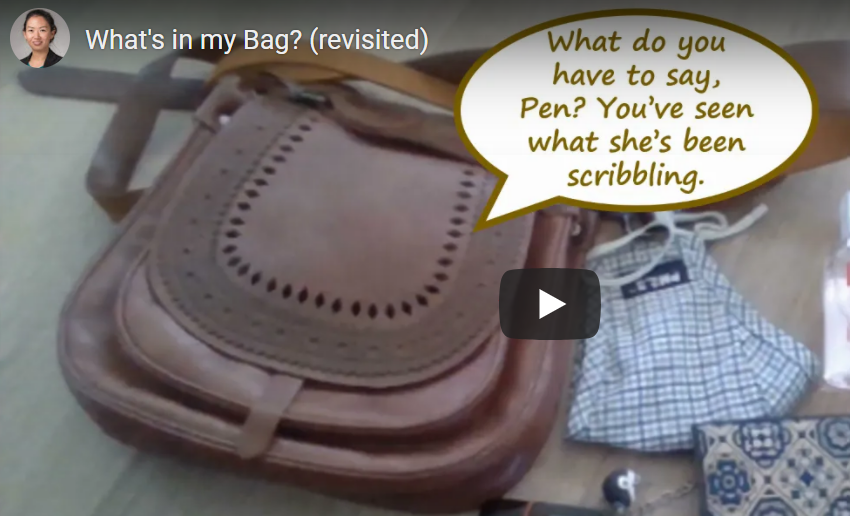Albertine Gaur (1992) suggested that the storage, preservation and distribution of knowledge no longer rely on the “actual process of writing” so the digital era can be said to recall the pre-literate era (cited in Dobson & Willinsky, 2021, p. 5). While I made Task 1 with audio, I do not consider it to be accessible like the oral tradition because the audio is monotonous and long-winded. My goal was to make this task accessible similar to oral stories. I chose to make a digital picture book because I felt this would be a familiar mode for most people. Unlike Task 1, Task 7 is hierarchical because it must be accessed in a certain order to be understood. While I like how Task 1 could be accessed in any order, Mohageg (1992) found that “highly networked nonhierarchical environments challenged participants and produced a negative effect on task performance” (cited in Dobson & Willinsky, 2021, p. 7). I hope by choosing what I consider a common mode of literacy, that will lessen the chance of viewers getting “lost” due to connections made being more relevant to me than others (cited in Dobson & Willinsky, 2021, p. 7). Another concern I have with relevancy is whether this will make sense in the future, so I added cards to relevant videos to my video. Unfortunately, only 5 cards can be inserted into the video, though I did manage to add two extra video links at the end.
In one of my classes, the recommended video length is 1.5 to 5 minutes long, which luckily fit within the limits of the free screen recording app I used. At first, I wanted to put as much of the information from Task 1 into Task 7, but the information felt stale and mostly irrelevant. The New London Group (1996) notes that numerous subcultures and the growing disparity of thought among them have led to an “invasion of private spaces by mass media culture” and the difficulties families and teachers face competing with these messages (p. 70). As a teacher, I would want to know what my students think, and as a creator, I am interested in hearing what questions and connections my viewers make more than I am in talking about myself. Perhaps if people listened more and talked less, a greater understanding and acceptance of ideas could be reached.
References
Dobson, T. and Willinsky, J. (2021). “Digital Literacy” in The Cambridge Handbook of Literacy. Unpublished manuscript.
The New London Group. (1996). A pedagogy of multiliteracies: Designing social futures. Harvard Educational Review 66(1), 60-92.
